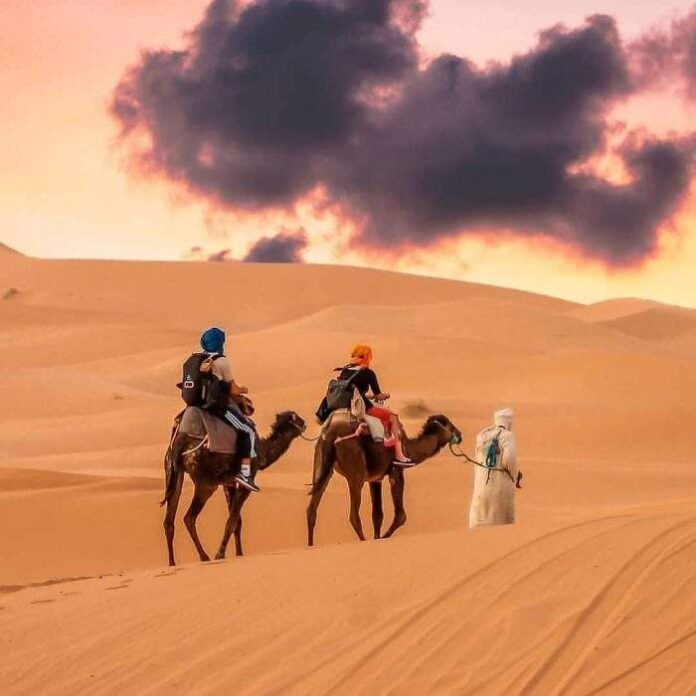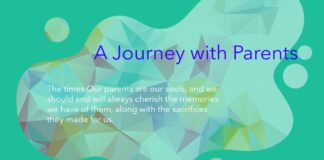Introduction:
Languages are powerful vehicles that carry the culture, history, and identity of a nation. In the North African gem of Morocco, a rich tapestry of languages reflects the country’s diverse heritage and multicultural past. With a blend of historical influences and modern developments, morocco official languages play a significant role in shaping its societal fabric. In this blog, we’ll delve into the linguistic landscape of Morocco, exploring its official languages and the unique stories they tell.
A Bilingual Nation: Arabic and Amazigh (Berber)
Morocco’s linguistic identity is anchored by its two official languages: Arabic and Amazigh (Berber). Arabic, specifically Modern Standard Arabic (MSA), holds a prominent place in Moroccan society as the language of administration, education, and official communication. It’s a legacy of Morocco’s historical ties to the Arab world. Amazigh, on the other hand, is the indigenous language spoken by the Amazigh population, which constitutes a significant portion of Morocco’s populace. With its diverse dialects, Amazigh reflects the cultural nuances and traditions of various Amazigh communities across the country.
Historical Significance: Arabic
Arabic’s historical significance in Morocco dates back to the Arab conquests of the region in the 7th century. As Islam spread, so did the Arabic language, becoming deeply intertwined with Moroccan culture, religion, and governance. Over the centuries, Arabic evolved and adapted to regional dialects, resulting in Moroccan Arabic (Darija), which is widely spoken as the vernacular language. The prominence of Arabic signifies Morocco’s connection to the wider Arab world and the enduring legacy of the past.
Cultural Tapestry: Amazigh (Berber)
Amazigh, also known as Berber, is one of the oldest languages in North Africa, with roots dating back thousands of years. It’s not just a language but a vital cultural identifier for many Moroccans. In recognition of its importance, the Moroccan government officially recognized Amazigh as a national language in 2011, paving the way for its inclusion in education and media. Amazigh is a testament to Morocco’s diverse heritage and its commitment to preserving indigenous languages.
French: A Colonial Legacy
In addition to Arabic and Amazigh, French is another significant language in Morocco, although it is not an official language. French holds its position due to Morocco’s colonial history under French rule, which lasted from 1912 to 1956. The influence of the French language extends to education, government, and business. While not an official language, French remains an important tool for international communication and diplomacy, further showcasing Morocco’s multilingual character.
Education and Identity: The Language Debate
The coexistence of Arabic, Amazigh, and French in Morocco raises questions about linguistic priorities in education and society. The balance between preserving cultural heritage and preparing citizens for a globalized world is a challenge many nations face. Morocco’s educational system incorporates all three languages, reflecting the country’s commitment to maintaining its heritage while equipping its citizens with the skills for an interconnected world.
Conclusion:
Morocco’s official languages reflect its rich history, multiculturalism, and dynamic engagement with the world. Arabic, Amazigh, and the legacy of French intertwine to create a linguistic landscape that mirrors Morocco’s complex identity. The blend of ancient traditions, colonial legacies, and contemporary aspirations is a testament to the country’s ability to adapt and evolve while staying rooted in its heritage. As Morocco continues to navigate the ever-changing global stage, its official languages remain vital threads weaving together the fabric of its society and culture.










